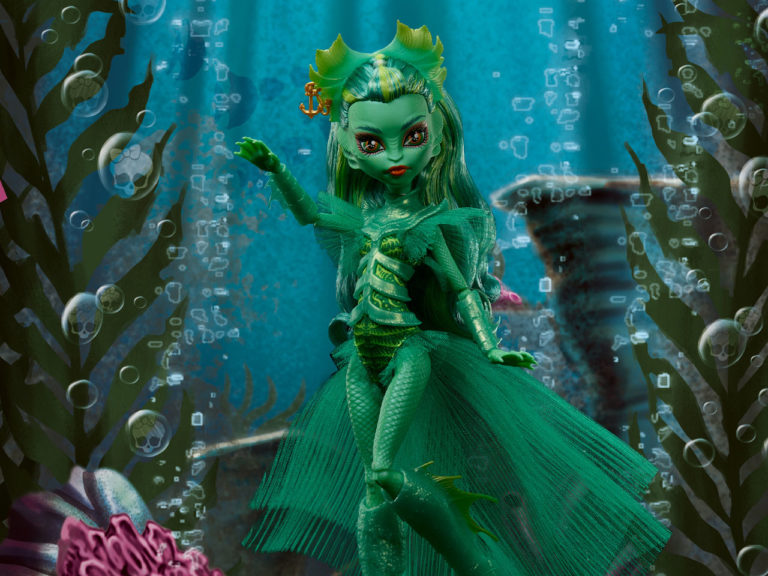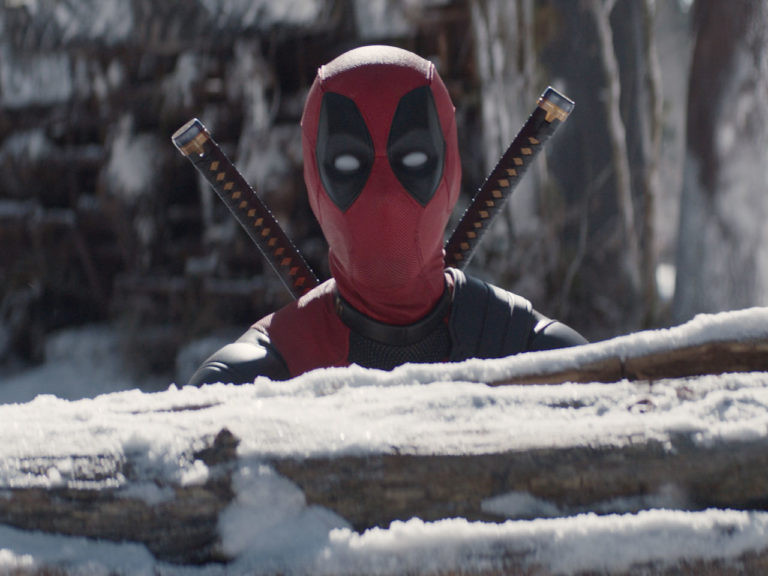
The previous issue, which was also intended as the first arc’s finale, was disappointing. It didn’t feel like a true finale, but rather like a middle-of-the-road chapter, as it left too many plot threads unresolved. Hopefully this second arc will be better overall, because I want this run to be successful!

This chapter is mainly setup and it’s a bit of a slow issue. As a result, it feels like not a whole lot is happening, which isn’t ideal. This is an expensive series, so the publisher and the creative team should give their readers an especially compelling story. While there are some plot developments, such as Oracle getting Bruce out of jail and a bunch of villains deciding to work together, by the end of this issue I don’t really get the sense that we’ve really learned anything exciting or that the story has actually progressed.
Most of the panels in this issue are spent on the jail sequence. Bruce turns himself in at the start and is put inside the tank along with many others—homeless people, drunks, etc. During this sequence, a drunkard tells Bruce that he knows he’s Batman and then he explains why he thinks that. A flashback illustrates the man’s story. While it’s definitely entertaining, I still have no idea who this drunkard even is or how (if?) he will be important for the story later on. The whole thing just comes out of the blue. Bruce doesn’t seem to learn from the interaction, and neither does the entire sequence seem particularly relevant when Bruce walks out of the jail by the end of the issue and doesn’t reflect on it at all. I want to give Tamaki the benefit of the doubt and assume that this character still has a role to play later on, but I’m just not so sure about that. In turn, this makes some of the other questionable elements in this sequence more obvious.

The way it’s presented is that the drunkard was right there when Batman and Joker fought, and the drunkard immediately fled to the building’s roof to hide. After the battle, Batman steps onto that very same roof and the drunkard witnesses Batman removing his cowl. Tamaki clumsily tries to justify that Batman isn’t aware of the drunkard because apparently Bruce has something in his eye. The problem is that Batman’s lenses should protect his eyes and, even if he has something in his eye (which honestly is just a weak excuse), Batman should be aware that there’s another person with him. Perhaps he heard the drunkard behind him. Perhaps he simply turned around and saw him there. In any case, I’m also just not a fan of other characters figuring out Batman’s secret identity—the more people know, the smaller Gotham gets, and that’s just bad for business.
Furthermore, I don’t really get some of the panel choices. For example, the opening page spends three panels and about ten word balloons on a random guy in the Midtown Precinct that’s complaining about his vacation being ruined because his car got stolen. Another example: during the jail sequence, another three panels are spent on someone, off-panel, asking if it’s Friday and another character saying that it’s Saturday. While these panels do make Gotham seem a bit more lived-in, they don’t exactly add that much in terms of plot, character or atmosphere. The first example could’ve been made much more concise, especially since it’s mainly used to set the scene before Bruce walks in. The second example is just entirely redundant—if this is meant to indicate what day it is to the reader, then there are faster and better ways to accomplish that in a comic book.
Moving on, I’ve been criticizing this series for its overuse of exposition from issue to issue. While there’s still quite a bit of exposition here, at least I think it’s handled better than in the past. Tamaki fills the reader in on what’s happened in the previous arc by having two cops briefly discuss the situation. And during the jail flashback sequence, the drunkard’s story is told concisely and is supported by wonderful artwork. In other words, Tamaki has found more interesting ways to deliver the exposition than before, and I hope that this will continue to be the case if there’s really no way around it.

Now, before I discuss the art, I want to address the use of Bruce Wayne within these pages. First of all, I still like how Tamaki writes him. He’s much more likeable than in some other recent runs, as he seems more down to earth, focused and kind. Yet, in this issue, Bruce doesn’t do anything. When the main character in your comic remains static the entire time, in this case by just sitting on a bench while listening to someone else’s story, it should be glaringly obvious to both the creative team and editorial that something’s not quite working out. I don’t think that the hero of a book needs to be victorious in every issue at all, but he needs to do something interesting at the very least. Of course we do get the flashback, where we see him fight Joker, but since that’s not the main plot nor the focus of this issue, the flashback doesn’t count. We need to see Bruce learning something important or taking an important action or setting something in motion. This doesn’t have to be anything major, but it still needs to happen. That’s what I, for one, am paying for, and I suspect that’s the same for many other readers.
As for the art, Dan Mora is back, everybody! Mora’s art is always incredibly detailed as he puts so much in his backgrounds to make his worlds really come to life. This is what makes Mora stand out among his peers: he’s willing to go the extra mile despite deadlines and other possible complications. It’s testament to his love for the craft and the medium. But what I find particularly interesting this time is that there are quite a few static panels in this issue, where Tamaki writes characters just sitting on chairs in a boring interior, like the jail, for instance. Naturally, the eye is drawn to the characters, their facial expressions and their body language. Mora plays with the panel layout in these moments, too, as he zooms in and out and presents things from different points of view. Here is an artist who has the ability to make even the most boring stuff look interesting, so when we get to the issue’s visual highlight—which is the flashback—we’re treated to some jaw-dropping action!
Recommended if…
- You’re here for Dan Mora!
- You’ve been invested in Tamaki’s Detective Comics.
Overall: This isn’t a bad issue by any means, but I can’t help but think that it’s still the art team that truly sells this story, rather than the writing. If it wasn’t for Mora’s eye for detail and exceptional drawing skills, I’m not sure if a story where barely anything happens would’ve been worth a purchase.
Score: 5.5/10
Disclaimer: DC Comics provided Batman News with an advance copy of this comic for the purpose of this review.


